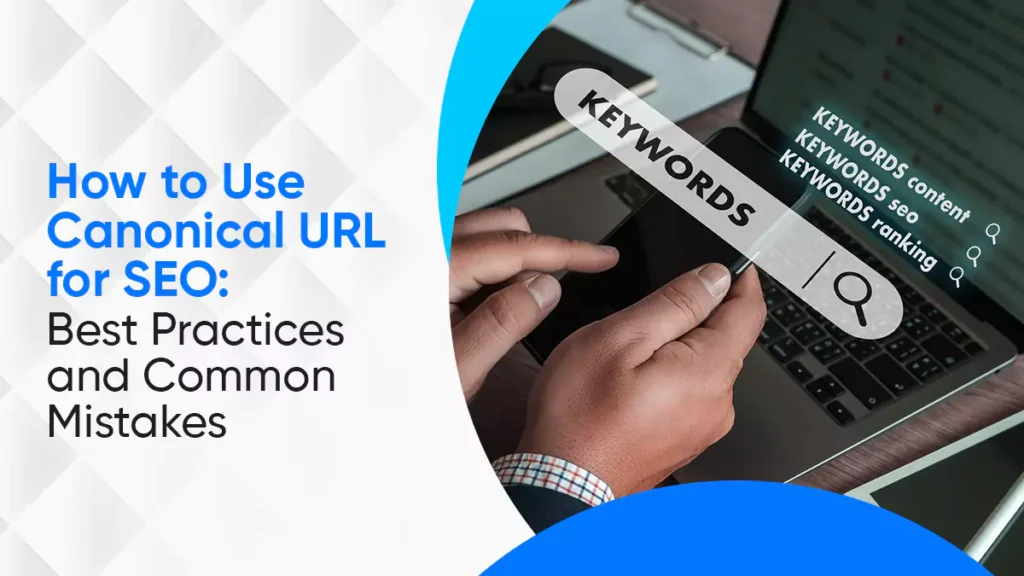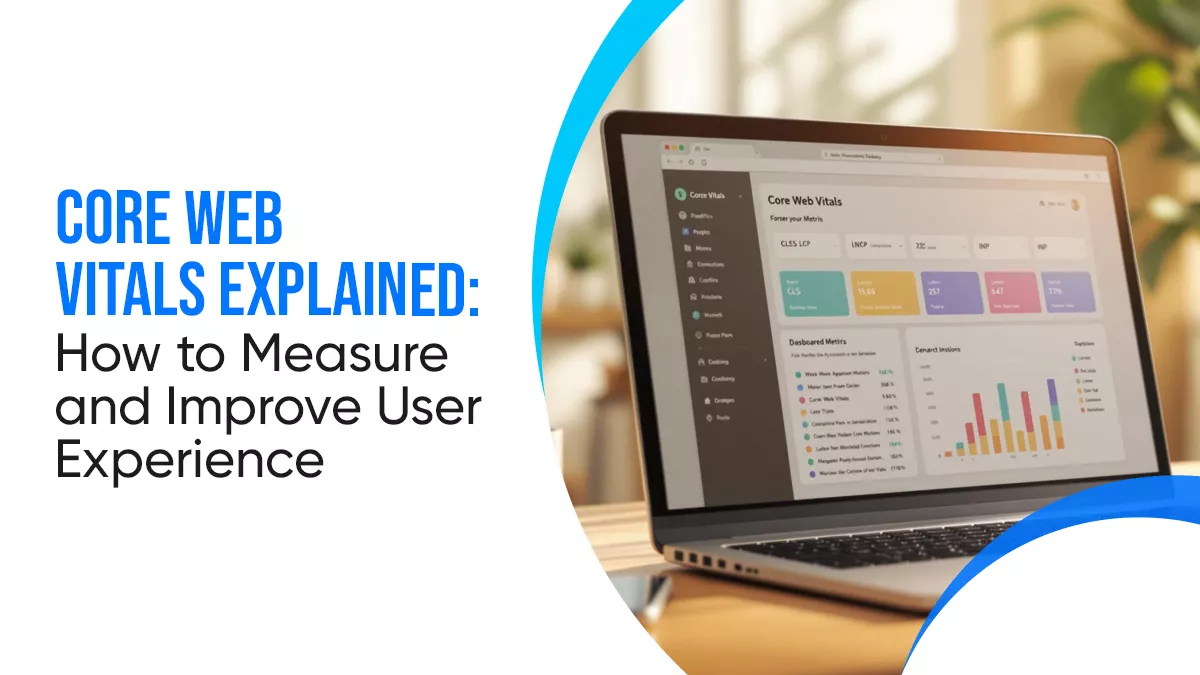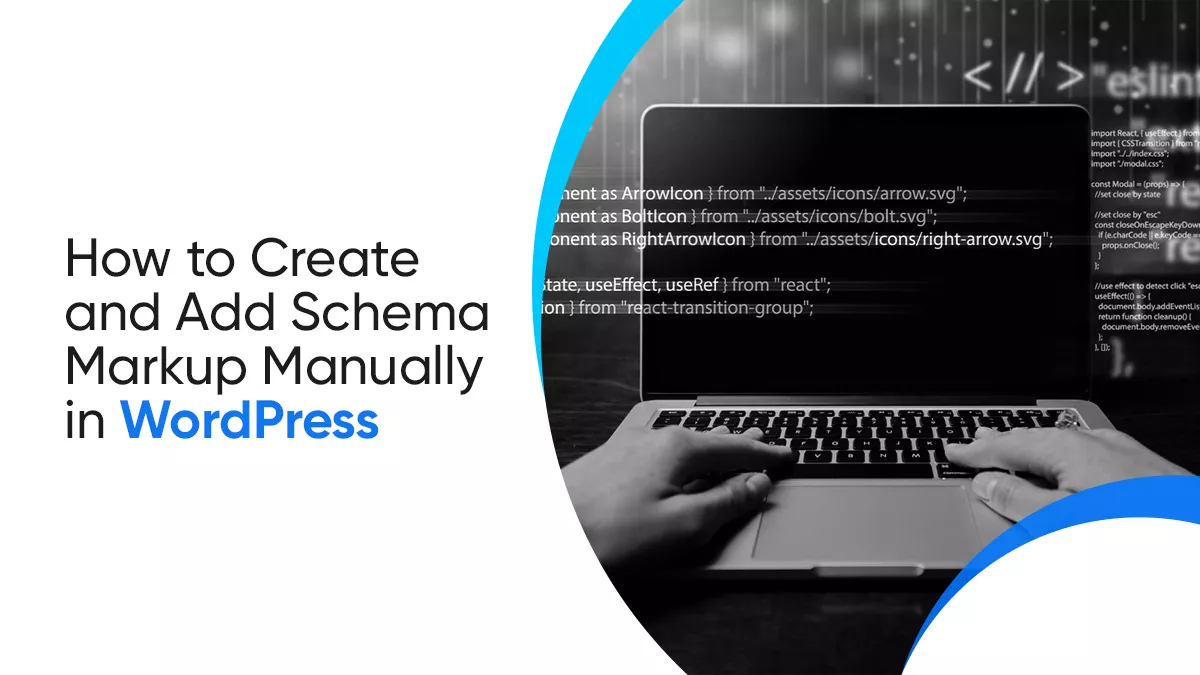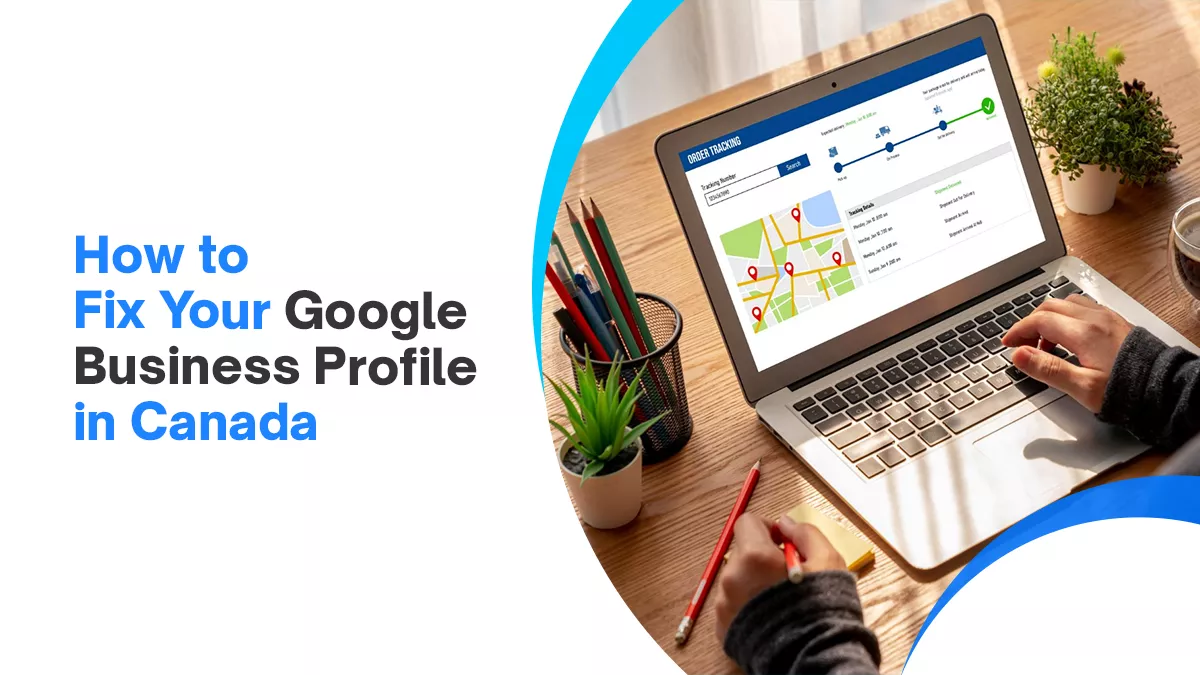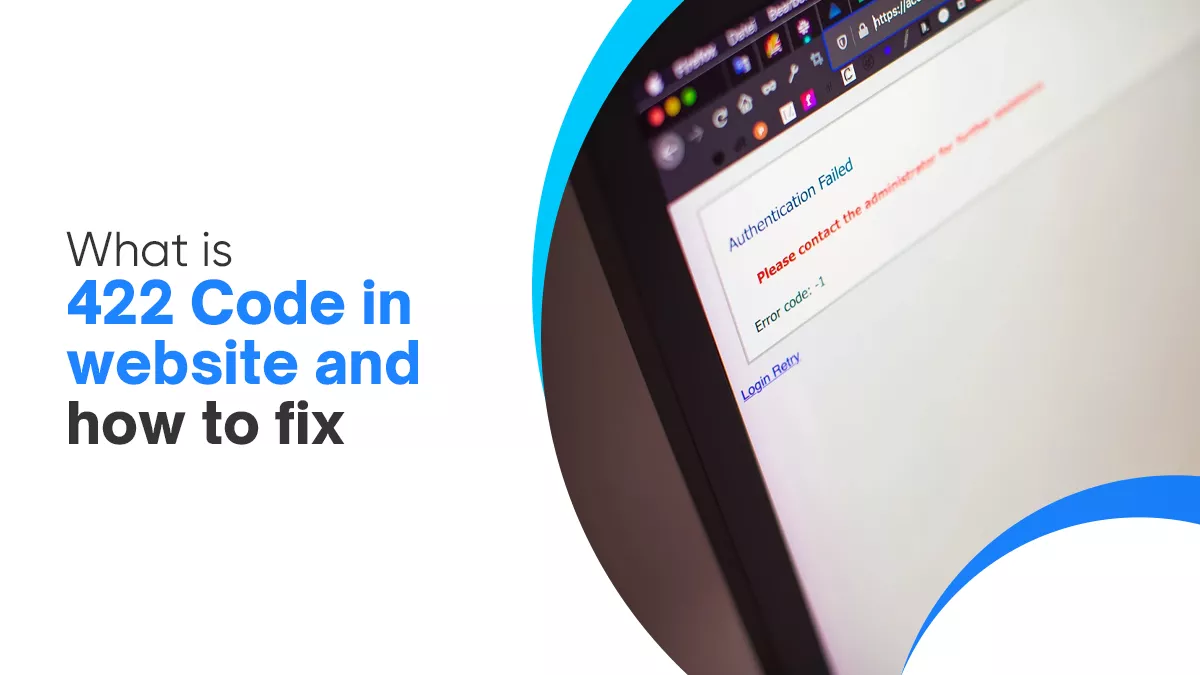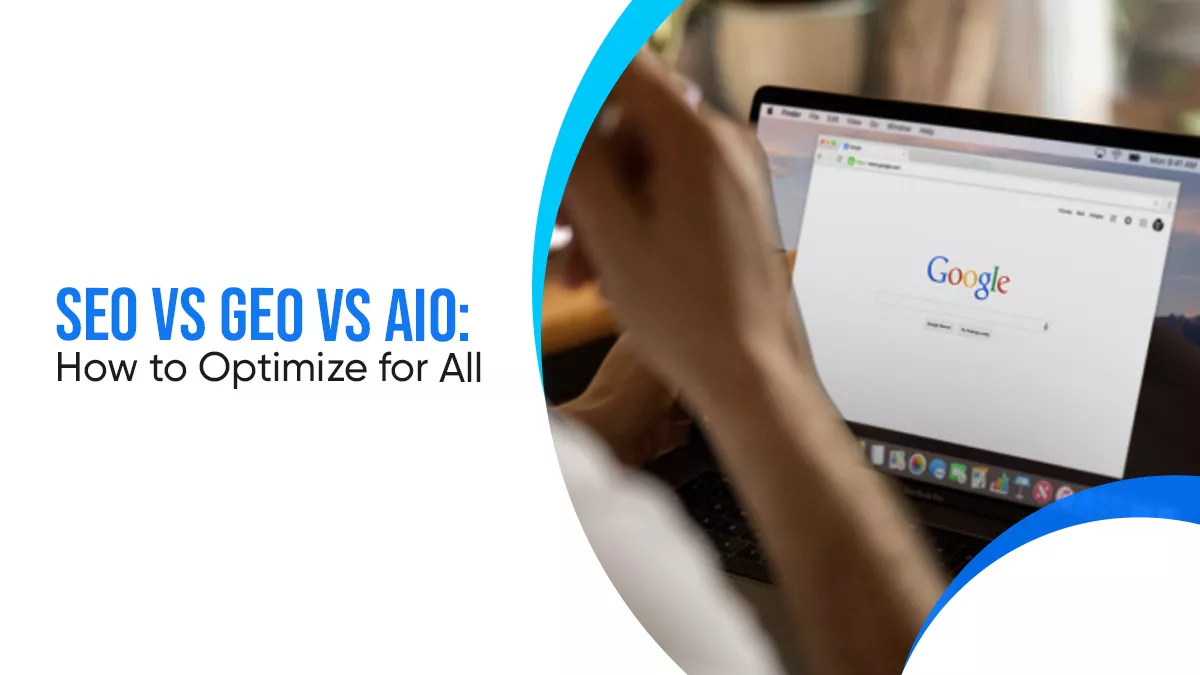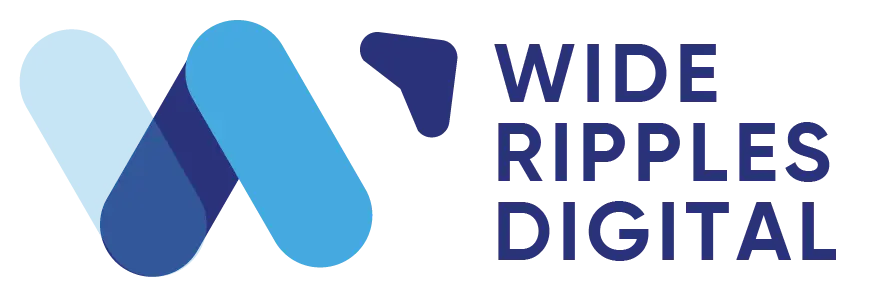- What Is a Canonical URL in SEO?
- Why Are Canonical URLs Important for SEO?
- Canonical URL Best Practices for SEO
- Common Canonical URL Mistakes and How to Fix Them
- Advanced Canonicalization Tips and Troubleshooting
- How to Audit and Fix Canonical URL Issues
- How Canonical URLs Impact SEO Rankings
- Conclusion
- Quick FAQs
If you run a website with more than a handful of pages, chances are you have at least a few duplicated or near‑duplicate URLs. Maybe your product catalog creates separate URLs for color and size filters, or perhaps your CMS appends tracking parameters and session IDs to links. These variations can dilute your SEO efforts by splitting ranking signals and confusing search engines. That’s where canonical URLs come in.
A canonical URL identifies the preferred version of a page and helps search engines understand which URL should be indexed and ranked. In this blog post, you’ll learn what canonical URLs are, why they matter, and how to implement them correctly to boost your SEO performance.
What Is a Canonical URL in SEO?
A canonical URL is the “official” version of a web page that search engines should index when multiple URLs contain the same or very similar content. In practice, you declare the canonical version using a <link rel=”canonical”> tag in the <head> of your HTML or via an HTTP header.
Google’s documentation identifies several ways to indicate your preferred URL: server‑side redirects, rel=”canonical” annotations in HTML, and inclusion of the canonical URL in your sitemap. These signals tell search engines which page should appear in search results and which duplicate URLs should consolidate their authority into the canonical page.
If you don’t specify a canonical URL, Google will choose one for you. That might not align with your marketing or analytics strategy, especially if the default URL contains messy parameters. By explicitly stating the canonical page, you ensure that users and search engines see the version you intend, and that duplicate signals, such as inbound links and social shares, accumulate on a single URL.
Canonical Tag vs Redirect: What’s the Difference?
Canonical tags and redirects both help manage duplicate URLs, but they work differently. A canonical tag is a hint to search engines; it suggests which page is preferred but doesn’t force the user’s browser to go anywhere.
A redirect, such as a 301 or 302, is a directive. It immediately forwards users and bots to a different page. Google ranks redirects as the strongest signal for canonicalization because they remove duplicates entirely. Rel=”canonical” tags come next, and including a URL in your sitemap is the weakest signal.
Use a redirect when you permanently move or consolidate content; for example, merging two blog posts into one or migrating from HTTP to HTTPS. A canonical tag is appropriate when you need to keep multiple URLs accessible, such as printer‑friendly pages, category filters, or tracking parameters, while still signaling which version should rank. Canonicals let you maintain user experience flexibility without sacrificing SEO.
Why Are Canonical URLs Important for SEO?
Consolidating Duplicate Content
Duplicate content is a common technical SEO issue. When search engine crawlers encounter multiple URLs with the same content, they may waste time crawling duplicates and divide link equity across versions.
Canonicalization solves this by telling search engines to focus on one URL. The consolidated page accumulates all inbound signals, such as backlinks and user engagement, which can improve its rankings. Without a canonical tag, each duplicate might compete against the others, diluting your authority.
Ensuring the Preferred URL Appears in Search
Canonicalization is not just about consolidating signals; it’s also about branding. You may prefer users to see a clean, descriptive URL in search results rather than a parameterized link loaded with “?utm=source&session=1234.” By using a canonical tag, you inform search engines which URL you want displayed and tracked in your analytics. This unifies your reporting and ensures that metrics like impressions and clicks are associated with the right page.
Conserving Crawl Budget
Search engines allocate a crawl budget for each domain. On large e‑commerce or news sites with thousands of pages, duplicate URLs can waste valuable crawl time. Google notes that canonicalization helps crawlers spend less time on duplicates and more time on new or updated content. By guiding crawlers to the correct pages, you increase the likelihood that your latest products, articles, or updates get indexed promptly.
Canonical URL Best Practices for SEO
Use Absolute URLs
Google recommends specifying the full protocol and domain in your canonical tags. While relative paths are technically allowed, they can lead to unintended targets if you’re not careful. For instance, <link rel=”canonical” href=”/product.html”> might cause the canonical to point to a staging domain or test environment if those pages are crawled. Instead, write <link rel=”canonical” href=”https://example.com/product.html”> to avoid ambiguity.
Add Self‑Referencing Canonicals
A self‑referencing canonical tag points to the page itself and acts as a catch‑all measure. Google’s Search Central community confirms that it’s perfectly fine to have a canonical tag that references the current URL. This helps handle unforeseen parameters and duplicate links that might appear through user sharing or analytics. For essential templates—such as your homepage or category pages, proactively include a self‑referential canonical to prevent duplicate issues.
Handle Product Pages and URL Parameters Carefully
E‑commerce platforms often create multiple URLs for the same product using filters like color, size, or price range. To avoid duplicate content problems, you can add a canonical tag to each variant that points back to the main product page. Use this strategy when the differences are minor (e.g., currency or color) but not when the content is substantially different.
If filter URLs generate purely navigational pages (like sorting by popularity), you might consider handling them via Google Search Console’s parameter settings instead of canonicals. Never use robots.txt to block these pages as a way to canonicalize; that simply removes them from the index without passing any authority.
Place Canonical Tags in the <head> and Only Once
The canonical tag must appear in the <head> section of your HTML, and you should only include one canonical per page. Multiple canonical tags create ambiguity, causing Google to ignore all of them. Similarly, placing the tag in the body instead of the head will cause search engines to disregard it. If you’re using a CMS or an SEO plugin, review your templates to ensure that duplicate canonicals aren’t inserted automatically.
Use Canonicals for Near‑Duplicate Pages
Canonical tags can work with near‑duplicate pages, such as a product available in different currencies or languages, but only if the content differences are minor. The Search Central community advises caution, since search engines may ignore the canonical tag if the pages differ too much. If you have internationalized content, pair rel=”canonical” with hreflang tags to ensure search engines serve the correct language or region and still recognize the canonical version.
Include Canonical URLs in Sitemaps and Headers
Submitting canonical URLs in your sitemap is considered a weaker signal than a redirect or a rel=”canonical” tag, but it still helps search engines discover and prioritize your preferred pages. For non‑HTML documents, such as PDF or Word files, you can use an HTTP header to specify the canonical URL.
Example:
HTTP/1.1 200 OK
Link: <https://example.com/downloads/white-paper.pdf>; rel=”canonical”
This tells Google that the PDF is the canonical version of the content.
Common Canonical URL Mistakes and How to Fix Them
Canonicalizing Pagination to the First Page
It might seem logical to canonicalize pages 2, 3, and so on in a paginated series to page 1, but this is incorrect. These pages are not duplicates; they contain unique content segments.
Google’s blog warns that using a canonical tag to point page 2 to page 1 causes the later pages to be dropped from the index. Instead, either omit the canonical tag on paginated pages or canonicalize all of them to a single “view‑all” page that contains the full content.
Using Relative URLs or Multiple Canonical Tags
Relative URLs in canonical tags can confuse search engines.
If you write
<link rel=canonical href=”example.com/cupcake.html”>,
Google interprets the canonical as https://example.com/example.com/cupcake.html, obviously wrong. Always use absolute URLs. Also, if your CMS or plugin inserts a default canonical and you manually add another, the result is multiple canonicals. Google will likely ignore all canonical hints in such cases. Audit your site’s head section to ensure there’s only one canonical tag.
Canonicalizing Category Pages to Featured Articles
On content or e‑commerce sites, a category page might feature the latest blog post or product. You might think you should canonicalize the category page to the featured article because most of the text overlaps. This is a mistake.
Google notes that a canonical tag from a category page to a featured article causes the category page to disappear from search results. Instead, either use a self‑referential canonical on the category page or leave it without a canonical if it aggregates content.
Placing Canonicals in the Body or CMS Templates
Sometimes, theme developers mistakenly insert canonical tags in the body of a page. Google ignores canonical tags that appear outside of the head. Another common issue occurs when using page builder plugins or multiple SEO plugins that each insert a canonical, leading to duplicate declarations. Stick to one SEO plugin or method and test your templates thoroughly.
Advanced Canonicalization Tips and Troubleshooting
Avoid Canonical Chains and Loops
A canonical chain occurs when page A points to page B as canonical, B points to C, and C points back to A. Mixed signals happen when a page has a canonical tag pointing to another page that also redirects back to the original.
Such configurations confuse search engines. Google’s community advice is clear: avoid mixed signals, don’t canonicalize page A to B, and then redirect B back to A. Always canonicalize directly to the final URL and ensure that there are no loops in your chain.
Cross‑Domain Canonicals and Content Syndication
If you manage multiple domains or republish content on partner sites, you can use cross‑domain canonical tags to indicate the original source.
This is useful for syndication: your partner site can include <link rel=”canonical” href=”https://yourdomain.com/original-article” /> in the head.
Google’s community suggests using cross‑domain canonicals only when you want the content to rank on one domain; the non‑canonical sites will not rank for that content. So consider your business objectives carefully; if you want all your sites to rank separately, syndicate without a canonical tag, and differentiate the content.
Redirects vs. Canonicals vs. Noindex
While redirects are the strongest signal for canonicalization, sometimes you need to keep multiple pages accessible. In this case, a canonical tag is appropriate. If you only want to remove a page from search results without transferring its authority, you might consider using the noindex meta tag.
But using noindex as a canonicalization method is a mistake because it tells search engines not to index the page at all. Use noindex for pages you never want indexed (like internal search results), not for duplicates you want consolidated.
Handling URL Parameters and Faceted Navigation
Parameter-based URLs create endless variations of the same content, especially on e‑commerce sites with filter and sort options. Use canonical tags to point parameterized URLs back to the main product or category page. Additionally, Google Search Console allows you to specify how parameters should be treated.
The key is to let Google crawl parameterized pages; don’t block them in robots.txt. Instead, rely on canonical tags and parameter settings to tell Google which pages are duplicates and which are significant. For faceted navigation, you might also apply noindex, follow meta tags to unimportant combinations, while leaving canonicals on core pages.
How to Audit and Fix Canonical URL Issues
Choosing the Right Canonical URL
Selecting the canonical version isn’t always straightforward. The target canonical URL must identify content that is duplicative or a superset of the referring page. If you choose a canonical that doesn’t contain all of the duplicate’s content, you risk losing valuable information and frustrating users.
Choose the version that provides the best user experience, retains all essential information, and receives the most internal and external links. Often, this will be the cleanest, most descriptive URL.
Using Tools to Audit Canonical Tags
Several SEO tools can help you audit your canonicals. Google Search Console’s URL Inspection tool reveals which URL Google considers the canonical version. Screaming Frog SEO Spider and Sitebulb can crawl your site to detect pages missing canonical tags, identify multiple declarations, and flag canonicals pointing to 404 pages or soft 404s. Make auditing part of your regular site maintenance to catch errors before they harm your rankings.
Fixing Misconfigured Canonicals
When you find canonical errors, act quickly. Update your page templates to include only one canonical tag with an absolute URL in the head. Remove conflicting canonicals inserted by plugins or custom code.
For paginated series, either remove the canonicals or canonicalize to a view‑all page. For category pages erroneously pointing to featured articles, change to a self‑referential canonical. Always test your changes by running another crawl and checking Search Console’s canonical selection.
How Canonical URLs Impact SEO Rankings
Improving Crawl Efficiency and Indexing Speed
Implementing canonical URLs properly allows search engine bots to spend their crawl budget on unique content. By reducing duplicates, you improve the likelihood that new or updated pages are crawled sooner. This is particularly beneficial for large websites where thousands of URLs compete for attention.
Strengthening Internal Linking Signals
Internal links should always point to the canonical version of a URL. Google recommends linking consistently to the canonical URL within your site architecture. This practice consolidates PageRank and other signals on the correct page and reduces confusion for bots. If you link to a non‑canonical URL, search engines might choose the wrong version as canonical or split signals between versions.
Conclusion
Canonical URLs are an essential component of technical SEO. They help webmasters and marketers control how search engines interpret duplicate content, preserve crawl budget, and concentrate ranking signals.
Need expert help managing your site’s technical SEO?
Wide Ripples, a digital marketing agency based in Canada, specializes in search engine optimization and can help you audit and implement canonical tags, improve site architecture, and boost your rankings. Visit Wide Ripples to discover how their tailored solutions can accelerate your business growth.
Quick FAQs
What is a canonical URL in SEO?
A canonical URL is the preferred version of a page that you want search engines to index and rank. You can specify it using a rel=”canonical” link in the head or an HTTP header.
How do canonical tags help with duplicate content?
Canonical tags consolidate duplicate pages by directing search engines to index the preferred version, aggregating signals like backlinks and preventing dilution of ranking power.
What’s the difference between a canonical tag and a redirect?
A redirect (301 or 302) forces users and bots to go to a different URL; it is the strongest canonicalization signal. A canonical tag is a hint that tells search engines which version is preferred. Use redirects for permanent moves and canonical tags when you need to keep duplicates accessible.
How should I choose which URL to canonicalize?
Select the version that contains all essential content and has the strongest signals, such as backlinks, social shares, and conversion performance. Avoid choosing a canonical that lacks important content, as you may lose valuable ranking potential.
Can misconfigured canonical tags harm SEO?
Yes. Mistakes like canonicalizing paginated pages to the first page, using relative URLs, or specifying multiple canonical tags can cause important pages to drop from search results.
How do I fix canonical issues?
Audit your site to find misconfigurations. Use absolute URLs, keep one canonical in the head, and remove conflicts. Tools like Screaming Frog and Google Search Console can help you diagnose and correct problems.
Does canonicalization affect crawling and indexing speed?
Proper canonicalization helps search engines avoid wasting crawl budget on duplicates, which can improve indexing speed for new or updated content.
What canonical mistakes should I avoid with filters, parameters, and domain variants?
Don’t canonicalize filter pages to unrelated pages. Instead, point parameters back to the main page or manage them in Google Search Console. Also, choose one domain variant (www or non‑www, HTTPS or HTTP) and use consistent redirects and canonicals.
Should canonical tags be self‑referencing?
Self‑referencing canonicals are recommended as a safeguard. Google’s community confirms that it’s acceptable for the canonical tag to point to the same URL.
How do canonical tags work with multilingual or hreflang pages
Each language or region variant should have a canonical tag pointing to its own version, and each hreflang tag should reference the canonical URLs. Avoid pointing all languages to a single canonical page.
How does Google treat canonicals that point to redirects?
Google will usually respect a canonical that points to a redirect target, but it’s best practice to avoid such complexity. Instead, either canonicalize directly to the final page or use the redirect alone.
Disclaimer: The information provided in this blog is for general informational purposes only. For professional assistance and advice, please contact experts.
